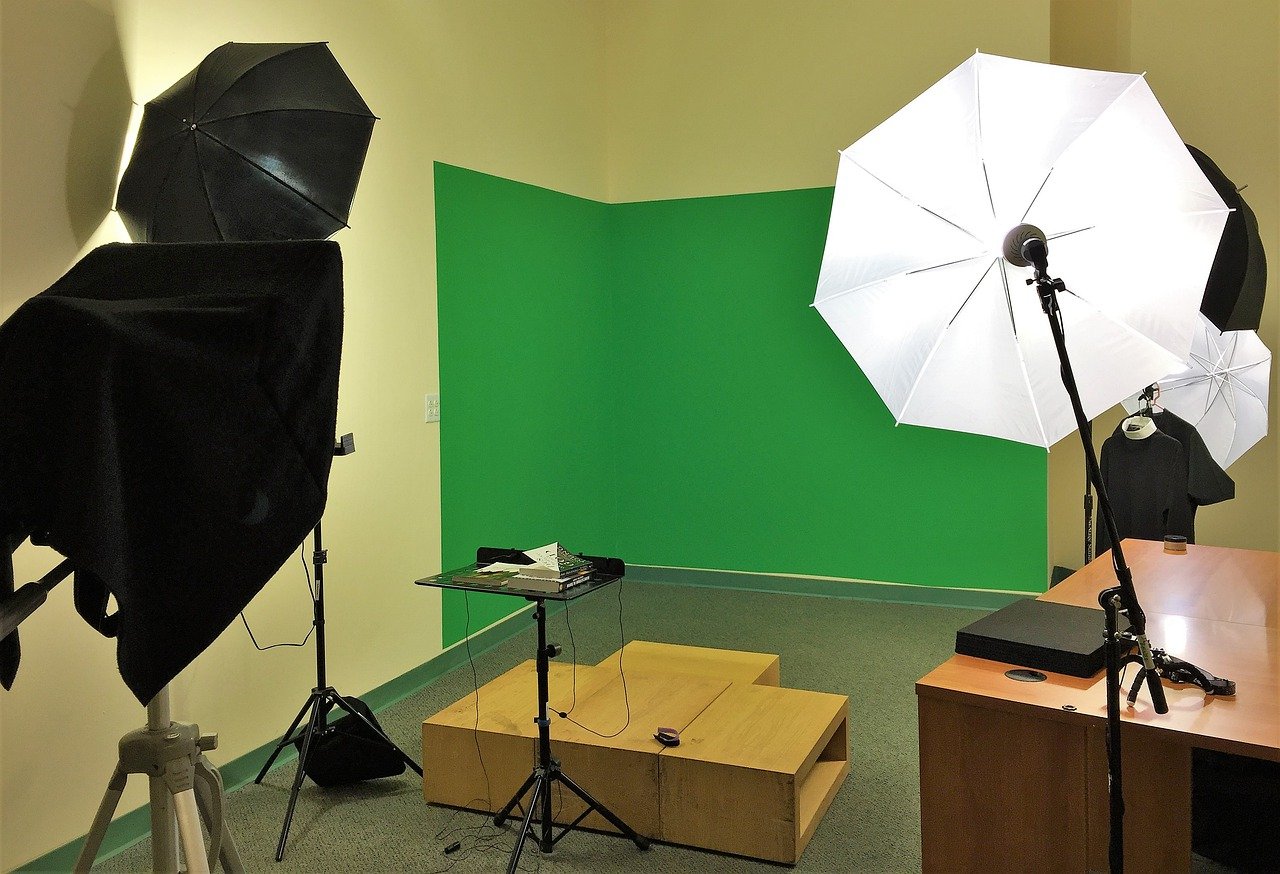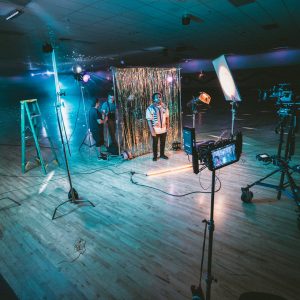To make a delicious cake, one needs to source good ingredients, use the right tools, and employ the right techniques. Similarly, making a quality film is broken down into different essential processes – pre-production, production, and post-production. While most are familiar with the production part, which is having the actors play out their characters in front of the camera, many are unaware of the other two processes. Yet, when you’re working on a multi-million-dollar film project, you have to meticulously plan out these two processes, otherwise, you could go into losses.
A Step-by-Step Guide to Know What is Pre-Production
What Is Pre-Production?
This would be finding and buying the ingredients, printing out the recipe, and getting the oven and cake molds. In films, it’s the creative and logistical activities carried out to produce a feature film, video, advertisement, TV show, play, etc. before the actual shoot. Without planning these aspects properly, the movie can take longer than anticipated to complete. It can also become more expensive than planned. Each of the steps in pre-production plays a crucial role in making a great film.
What Is Post-Production in Film?
Contrastingly, post-production is like putting the icing on the cake. This includes treating the soundtrack, color correction, and editing the film to look and sound its best. It also consists of adding extra sound effects, animation, and visual effects. This could include explosions, CGI graphics, and more. All professional filmmakers spend hours in the post-production process to create stunning pieces of audio-visual art. Failing to do this results in a film that looks raw and amateurish.
The entire filmmaking process starts from the preparation – so let’s do a deeper dive into pre-production in this article.
The Pre-Production Checklist
1. Writing Pre-Production
a. Treatment
This is an extended summary of the film that spans 3 pages. It contains the gist of the story – from start to end. This gives the reader a quick idea of what is in the script itself. Remember that the script is a long document and covers each moment of the movie in great detail.
b. Outline
Using index cards, writers then create a sequence of scenes. This helps in visualizing how the story will play out. Each index card has letters and numbers so that everything stays organized. These will be used in production and post-production as well, so they have to be consistent. Writers even add scenes later on and keep aside special alpha-numeric combinations for those cards.
c. Writing the screenplay.
Then each of these scenes is worked on and written out in great detail. This is called writing the screenplay and includes creating dialogues. Screenwriting is an entire career option in itself. It takes skill, talent, empathy, and experience to understand how to write convincing characters.
Scriptwriting has a different style of its own and has to be very descriptive. This is so the director will understand the flow of each scene and place each prop and actor accordingly. At this level, the entire script has to be broken down into location, character, costume, proper, sound effect, visual elements, and more. If this isn’t done carefully, there may be important aspects left out during the shoot or post-production stage.
d. The Script Breakdown
After writing the script, every single item mentioned in the story is listed out. This includes the locations, effects, and props.
e. Shot List
This is a technical document where each scene is broken down shot-by-shot. A description of how the scene must be framed is also included. Elements such as focal length and camera movement are noted down.
f. The Story Board
To further bridge the communication gap between the writer and the videographer/director, a storyboard is created. These are visual representations of the scenes of the film. They’re either hand-drawn or digitally illustrated to describe character placement, lighting, blocking, and other visual indicators.
g. The Production Schedule
This document will dictate the entire shoot. It will dictate how many scenes you can shoot in a day. Most productions end up shooting 5 pages a day, which roughly adds up to 5 minutes of screen time a day.
2. The Budget
Money is usually the most important factor in deciding the scale of your project. After you break down the script, you’ll have a good idea of how much money will be required for the film. Usually, the producer is the one who secures the money required to pay for pre-production, production, and post-production. This can take years at times but funding can come in at any stage. Many directors end up paying out of their own pocket. To avoid this, take your script and create three different budgets: dream, restrained, and shoestring. In money terms, these will be in descending order and give you budgetary options.
3. Get a Strong Crew Together
Next, it’s time to assemble the heart and soul of your movie – the crew. The main players in your team will be the director, the assistant director, and the production manager. They will lead the department heads. This includes the casting director, cinematographer, editor, tech scout, production coordinator, designer, art director, and lead makeup artist. Start by delegating work to the relevant people and let them know they can start making creative decisions.
4. Revise Everything
Now that you have a team of specialists on-board, time to take their inputs and revise the script breakdown, shot list, storyboard, production schedule, and budget. Their suggestions will give you a realistic idea of how much money and time you’ll actually need. Once you’re ready with the final drafts of all the important documents, you can set out and collect the necessary permissions and items. When that’s in place, it’s time to start shooting!
There you have it – a step-by-step guide on the pre-production process. To learn filmmaking in-depth, one must learn each of these stages as well. The best filmmaking colleges in India cover these and much more in their courses. If you have an eye for detail and the passion to express your vision onto the screen, consider a career in filmmaking.
DICE-VFS offers a UG program in film production with four specializations, namely directing, cinematography, production, and post-production. This will help you to become a screenwriter, cinematographer, director, producer, film editor, film critic, or production designer. DICE-VFS, in partnership with The Vancouver Film School, is one of the best film-making colleges in Mumbai.










